The trailblazing women of Bauhaus
The remarkable female artists at the heart of Bauhaus overcame the societal expectations of their time to become pioneers in their own right
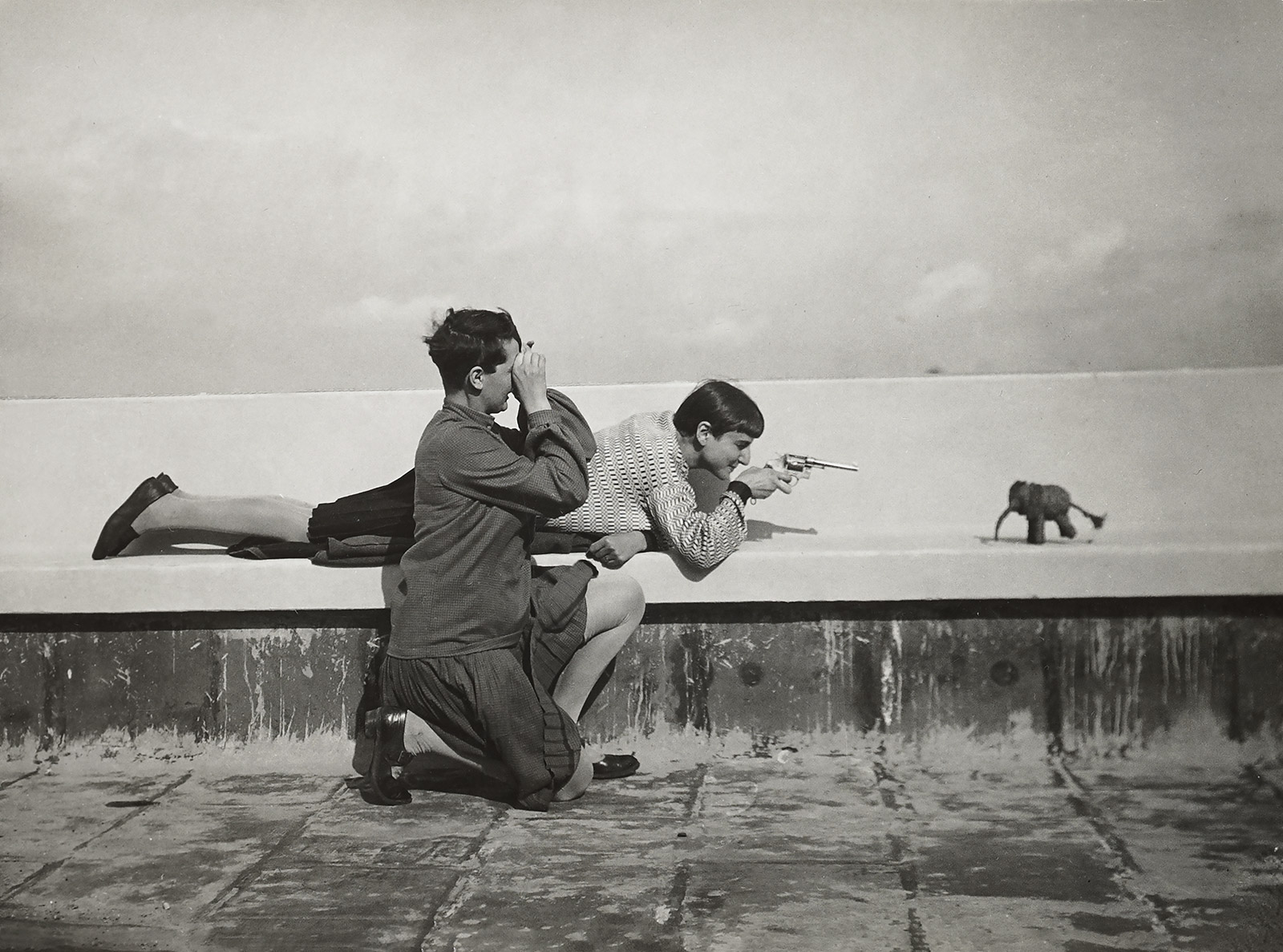
What makes a true Bauhaus girl? Contemporary, cheerful and cool, she has a self-confident, gung-ho attitude, a short bob, and a talent for the fine and applied arts. Or at least, that’s according to a groundbreaking three-page spread, published by Die Woche newspaper in January 1930 in a politically turbulent Germany. The article is illustrated with photographs of these newly emancipated Bauhaus women taken by ‘Lutz Feininger’ – 19-year-old T Lux Feininger, and the youngest son of German-American painter Lyonel Feininger, master printmaker at the Bauhaus school.
The female side of the Bauhaus story and the remarkable rise of the Bauhausmädel (‘Bauhaus girl’) is explored in depth in a new Taschen book, bringing together the lives of many women who shaped and disseminated their ideas, with little or no recognition in their day. (The captions for photographs illustrating the original article on the Bauhaus woman had been published anonymously, perhaps written by a woman, since women were not considered appropriate contributors to magazines at the time.)
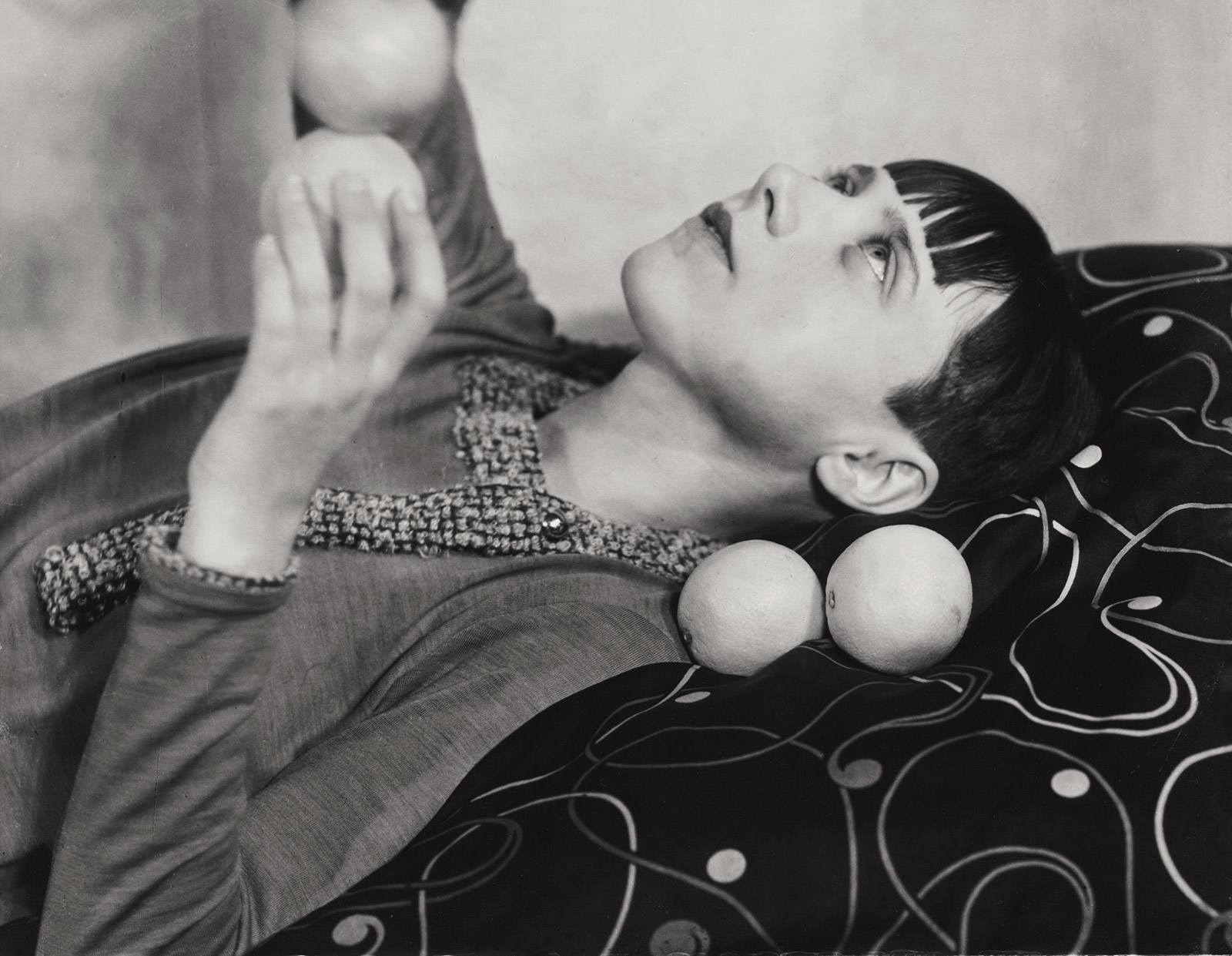
Margaret Leiteritz with oranges, before 1930.
Among them is Ricarda Schwerin, an atheist who, aged 18, went to the Bauhaus to study photography. A few semesters in, she had to stop her studies due to poor health, and when she recovered the school refused to have her back. She wound up in Frankfurt am Main with her future husband and fellow Bauhaus student Heinz Schwerin who, like Schwerin, had been prevented from completing his studies (the school ejected most of its communist students in the spring of 1932). Soon after their vows in Hungary were sealed in 1935, the newlyweds fled to Palestine. Together they opened a wooden toy workshop; Schwerin later founded a nursery for refugee children. Only then did she go back to photography, working for two decades up until her death in 1999, aged 87.
Hers is just one among 87 women who attended the pioneering school of art and design, each of them unique, but facing similar societial expectations and political demands: the Nazi regime pressing down on them, forcing many to emigrate multiple times, and lose husbands to war. Other more famous names include Marianne Brandt, one of the first women to be admitted to the Bauhaus metalworking program, and whose designs continue to be produced by Alessi to this day.
RELATED STORY
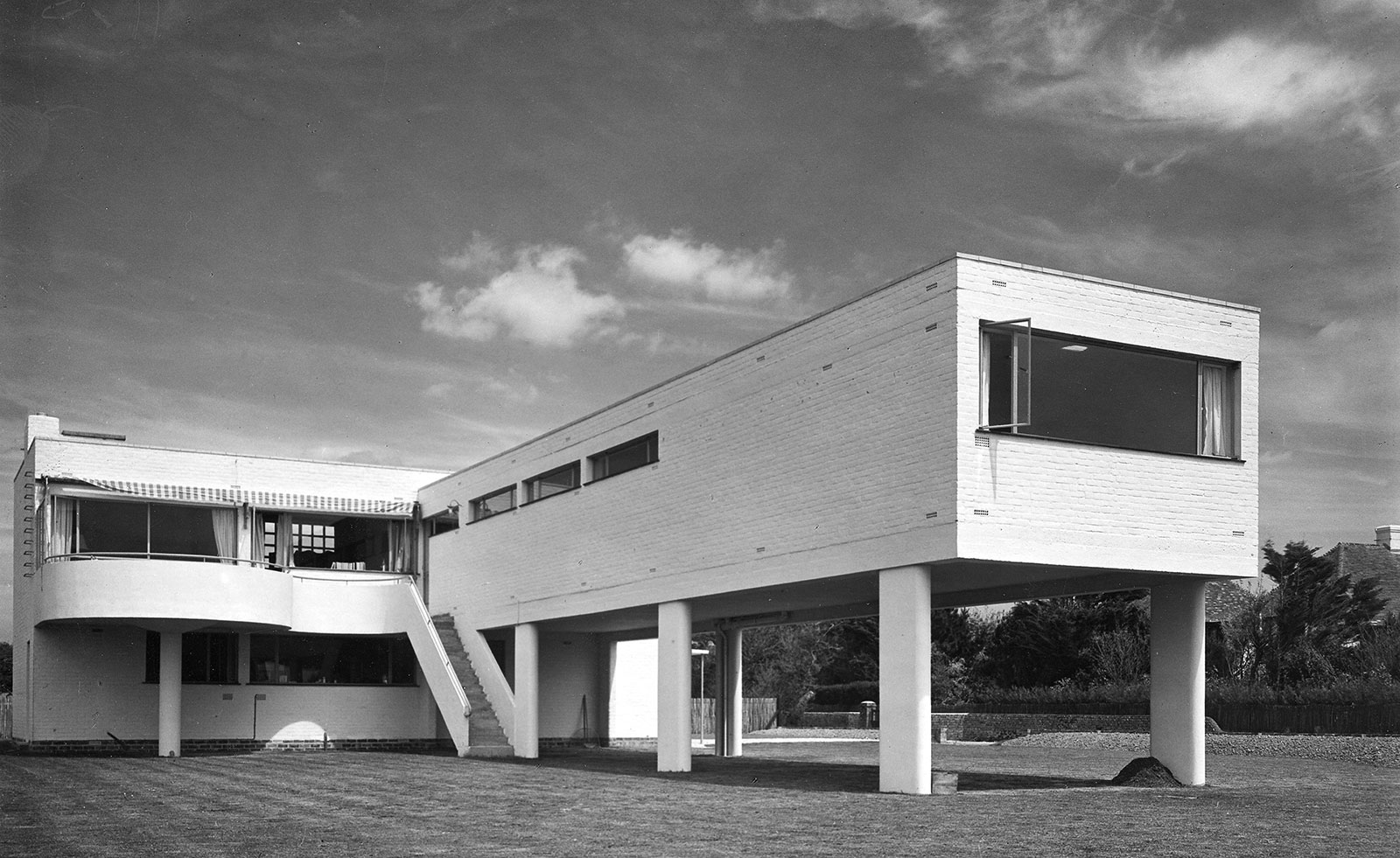
The book does not brush over the ‘entirely problematic gender relations at the Bauhaus’, as author Patrick Rössler writes, ‘in particular with regard to the balance of power between masters and students’. As his introductory essay points out, despite its indisputable influence in the world and its inherently progressive ideals, the Bauhaus was shockingly archaic when it came to women. The tome bursts forth to right that wrong and put the Bauhaus women unequivocally back in their place, with their photographs – some of them sumptuous self-portraits – and biographies organised as a timeline of life events. For all of their achievements, many of their lives did not end well.
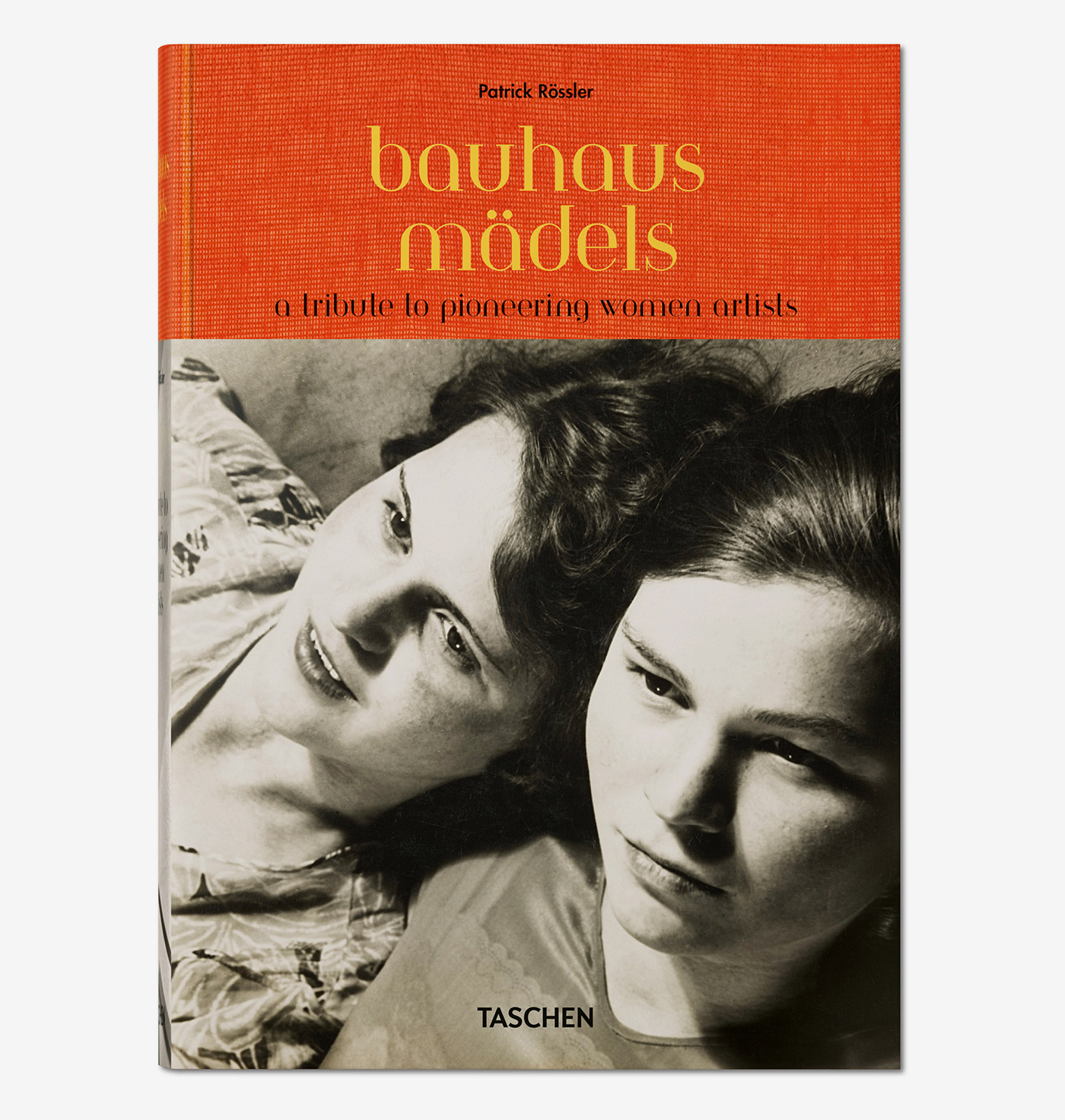
Bauhausmädels: A Tribute to Pioneering Women Artists, published by Taschen
Unfortunately, given the erasure of these women from history, there is no real documentation of their works, only portraits of the women, which after a while seems to put the emphasis on what they looked like, rather than the importance of their contributions to the Bauhaus and its legacy. Among the few works are a series of nude photographs by Lucia Moholy, irreverent, whimsical and free. Moholy’s took iconic photographs of the school’s teachers and of the new Bauhaus buildings, but the negatives were withheld by Walter Gropius and only eventually returned to her in 1959.
The ultimate lesson of the Bauhaus girl might come from that 1930 Die Woche article: ‘The Bauhaus girl knows what she wants and will make it anywhere’ – no matter who, or what, tries to hold her back.
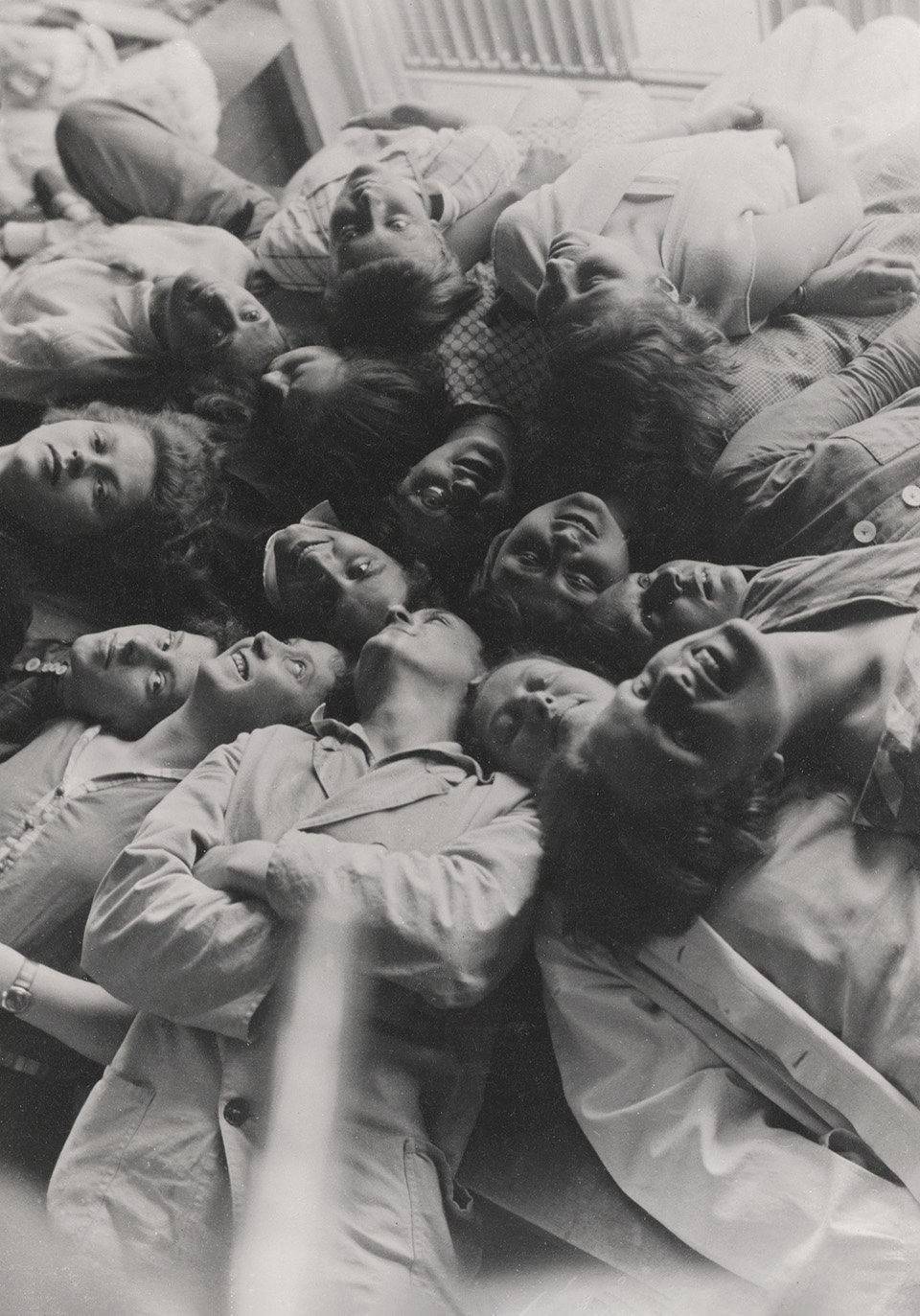
Group photo in the weaving workshop, Dessau Bauhaus, 1928.
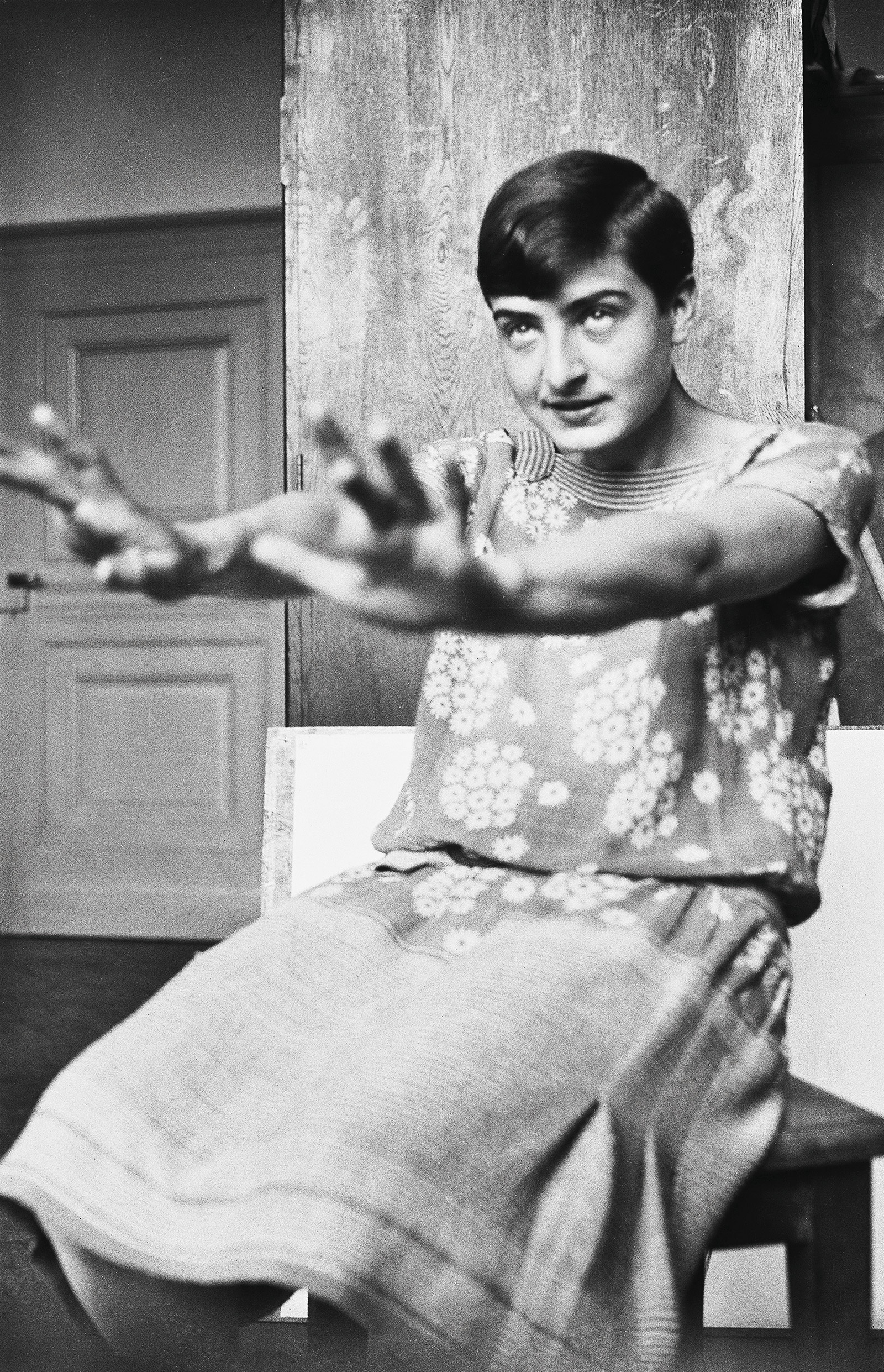
Ellen Rosenberg, the future photographer Ellen Auerbach, 1927-1928.
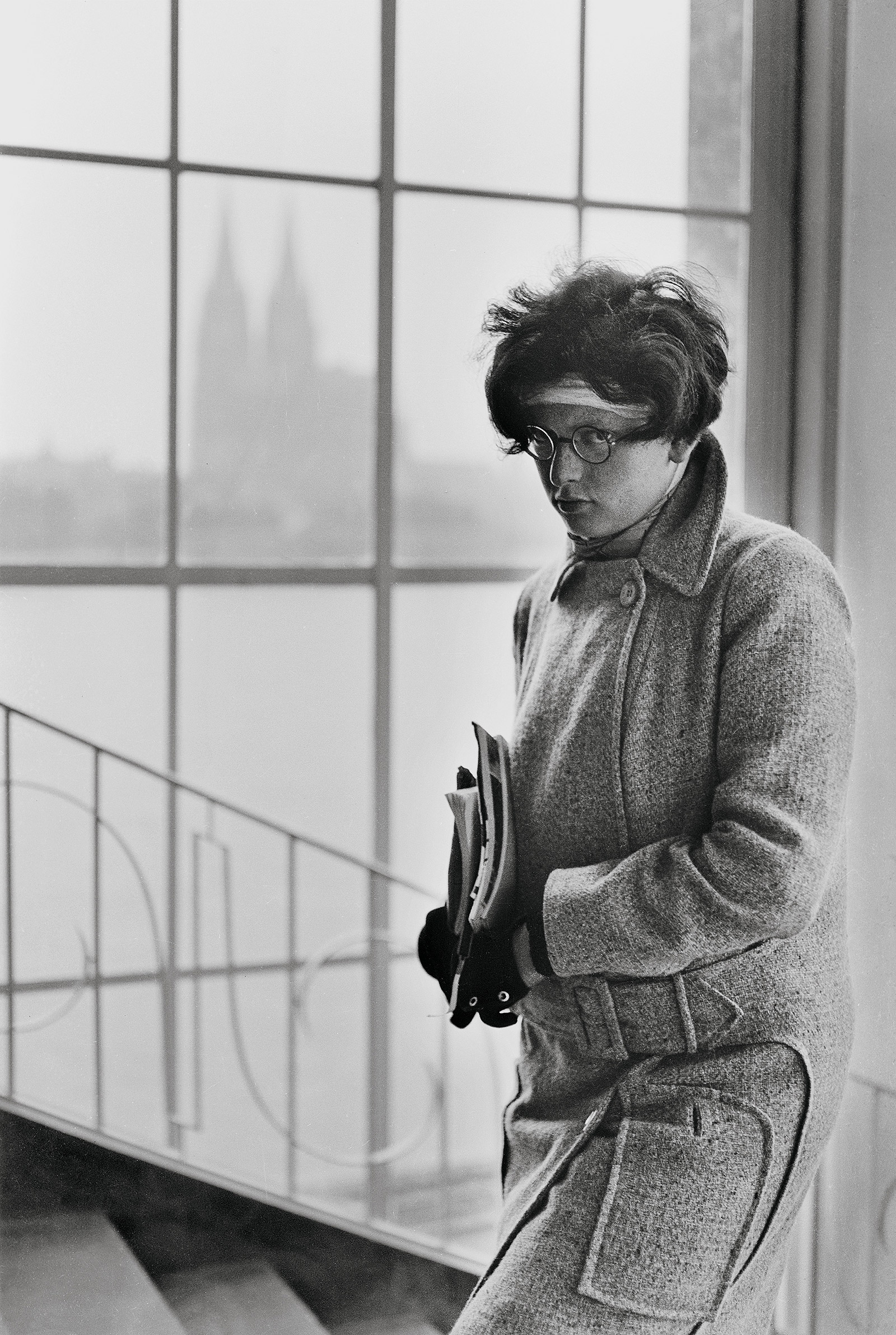
Hilde Hubbuch in the Haus der Rheinischen Heimat, Cologne, 1928.
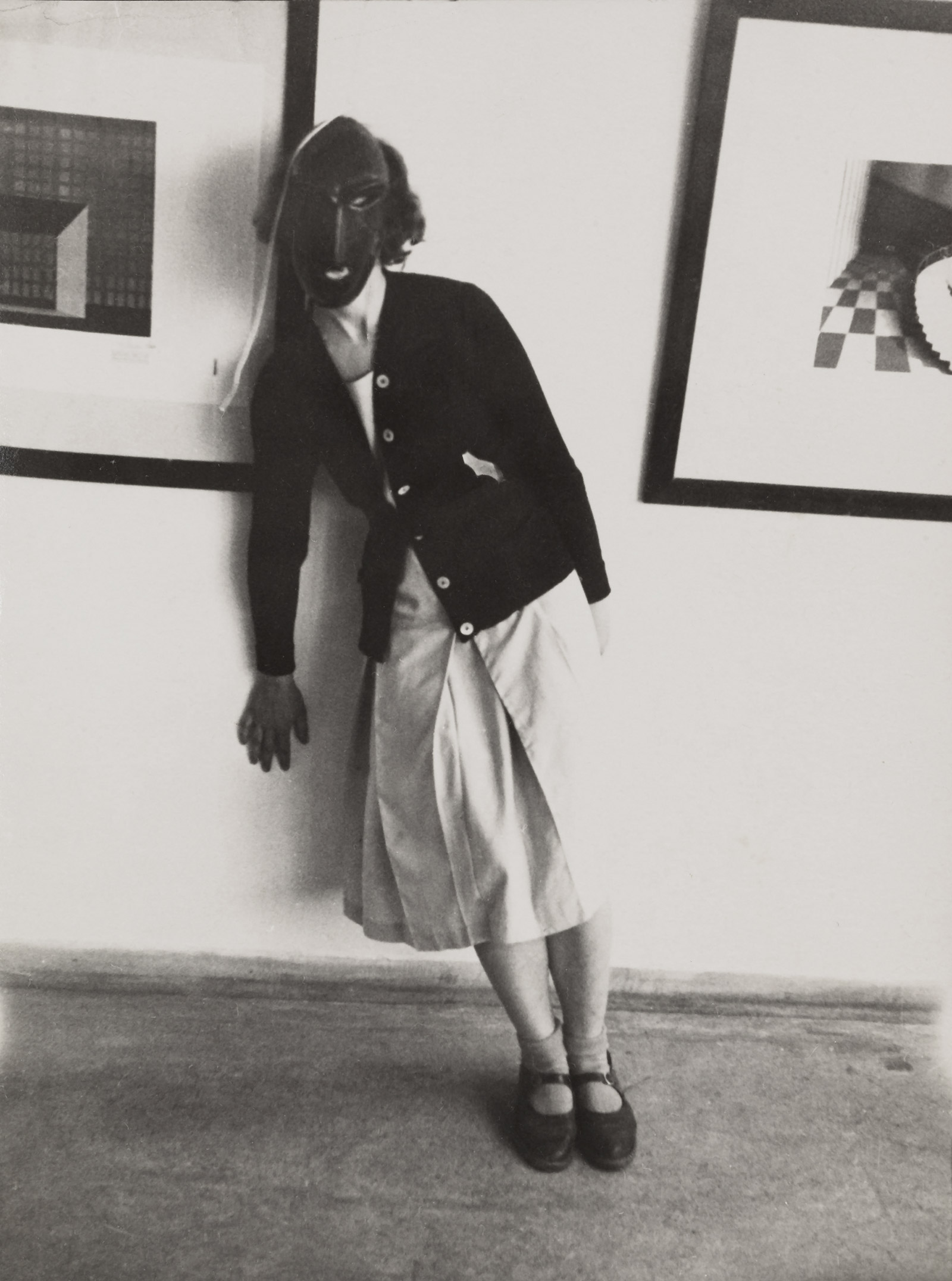
Bauhaus student in a mask from the Triadic Ballet, circa 1927.
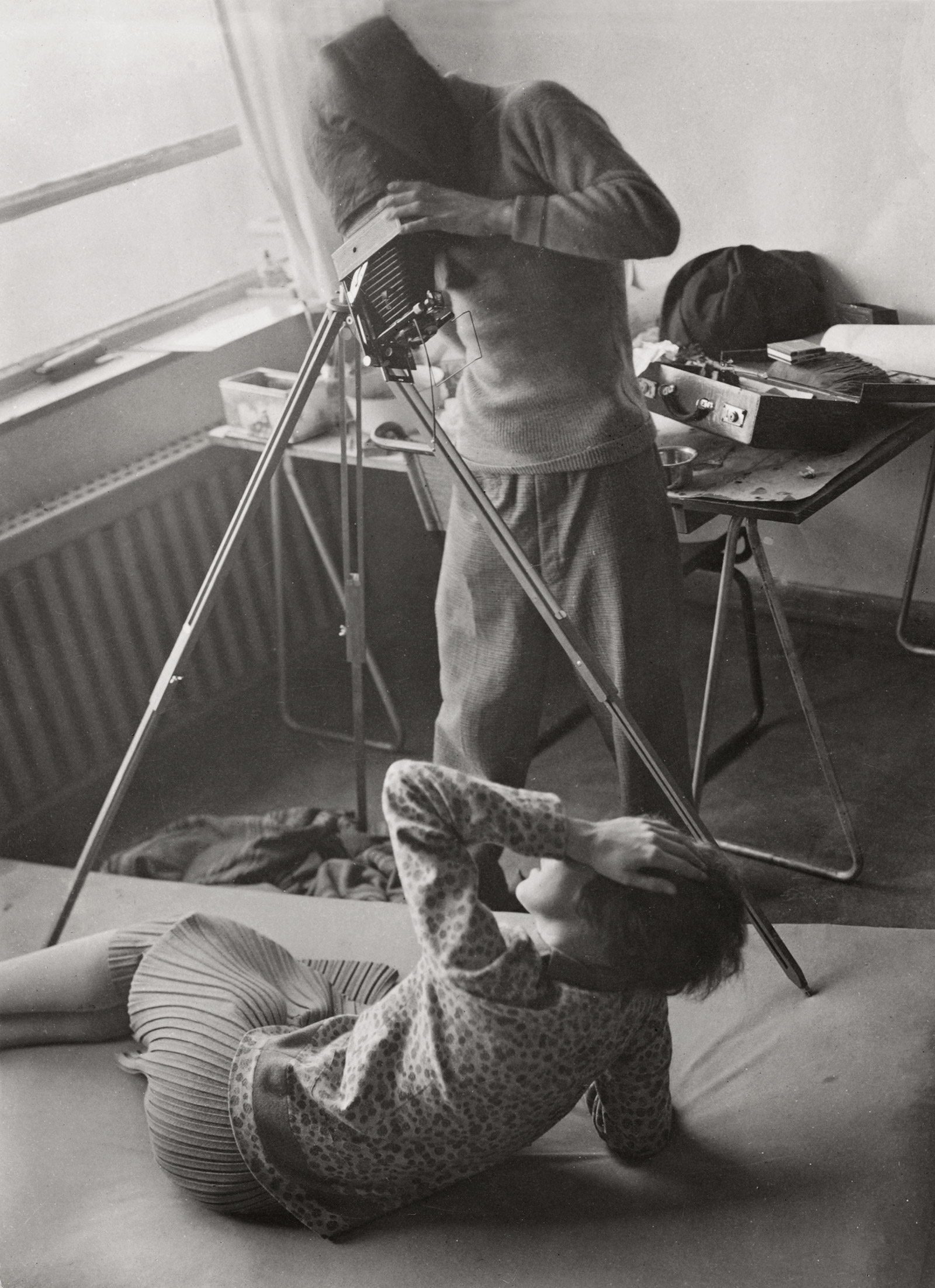
Albert Braun photographing Grit Kallin in the Atelierhaus, Dessau, 1928.
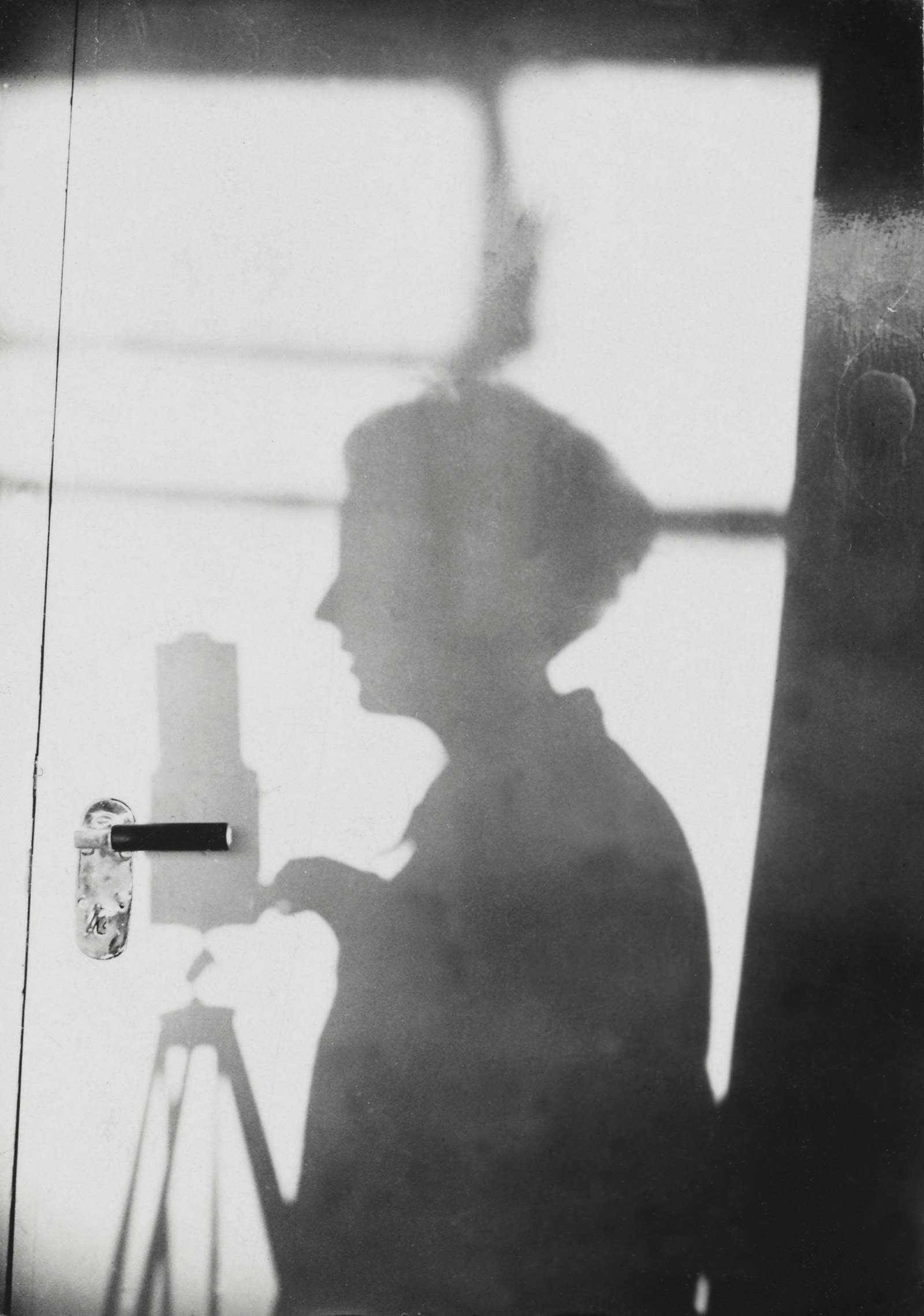
Self-portrait with camera of Lotte Beese (silhouette), 1927.
INFORMATION
Bauhausmädels: A Tribute to Pioneering Women Artists, £30, published by Taschen
Wallpaper* Newsletter
Receive our daily digest of inspiration, escapism and design stories from around the world direct to your inbox.
Charlotte Jansen is a journalist and the author of two books on photography, Girl on Girl (2017) and Photography Now (2021). She is commissioning editor at Elephant magazine and has written on contemporary art and culture for The Guardian, the Financial Times, ELLE, the British Journal of Photography, Frieze and Artsy. Jansen is also presenter of Dior Talks podcast series, The Female Gaze.
-
 Maserati joins forces with Giorgetti for a turbo-charged relationship
Maserati joins forces with Giorgetti for a turbo-charged relationshipAnnouncing their marriage during Milan Design Week, the brands unveiled a collection, a car and a long term commitment
By Hugo Macdonald
-
 Through an innovative new training program, Poltrona Frau aims to safeguard Italian craft
Through an innovative new training program, Poltrona Frau aims to safeguard Italian craftThe heritage furniture manufacturer is training a new generation of leather artisans
By Cristina Kiran Piotti
-
 Wallpaper* checks in at The Eve Hotel Sydney: a lush urban escape
Wallpaper* checks in at The Eve Hotel Sydney: a lush urban escapeA new Sydney hotel makes a bold and biophilic addition to a buzzing neighbourhood that’s on the up
By Kee Foong
-
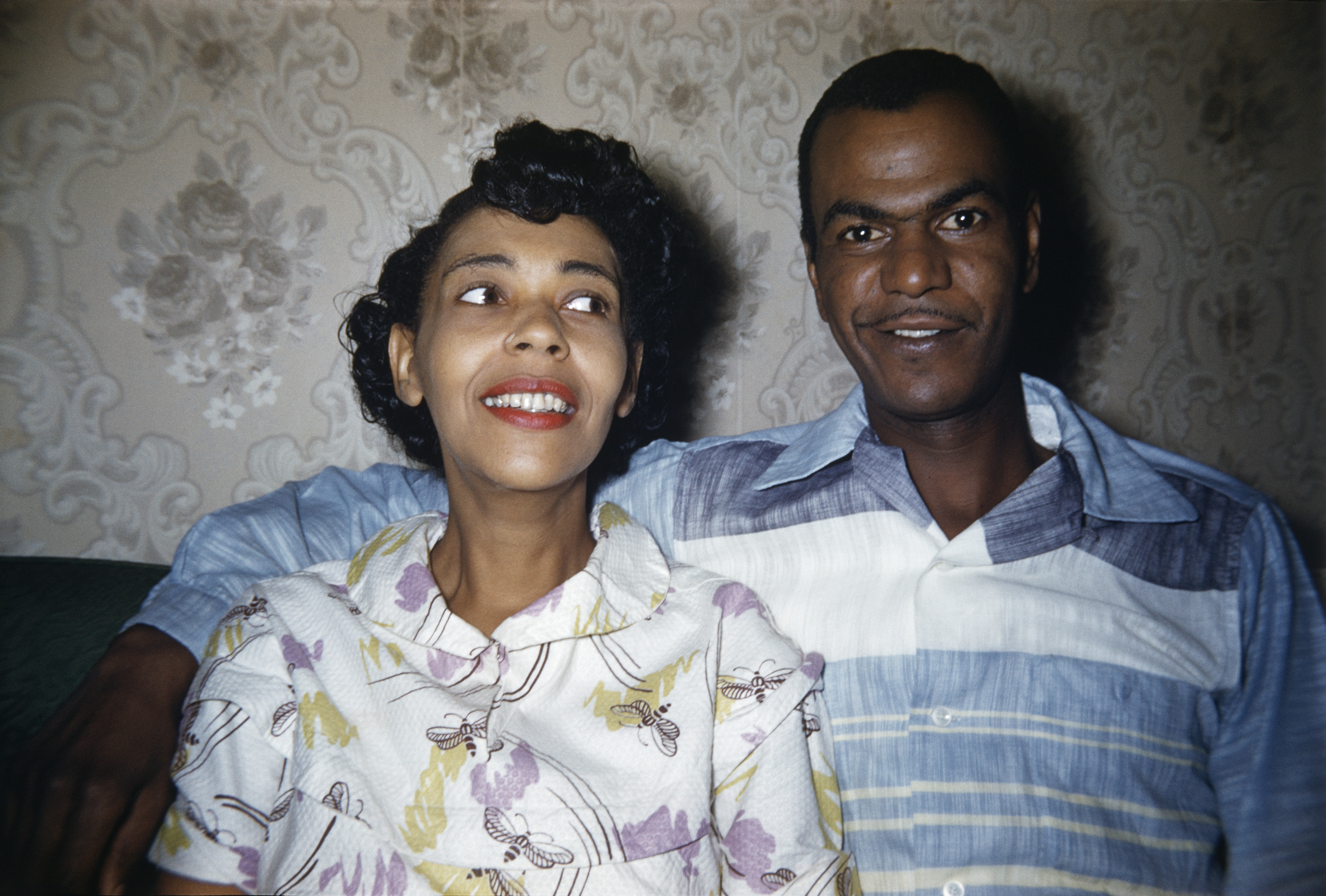 ‘Dressed to Impress’ captures the vivid world of everyday fashion in the 1950s and 1960s
‘Dressed to Impress’ captures the vivid world of everyday fashion in the 1950s and 1960sA new photography book from The Anonymous Project showcases its subjects when they’re dressed for best, posing for events and celebrations unknown
By Jonathan Bell
-
 Daniel Arsham’s new monograph collates the works of the auto-obsessed American artist
Daniel Arsham’s new monograph collates the works of the auto-obsessed American artist‘Arsham Motorsport’ is two volumes of inspiration, process and work, charting artist Daniel Arsham’s oeuvre inspired by the icons and forms of the automotive industry
By Jonathan Bell
-
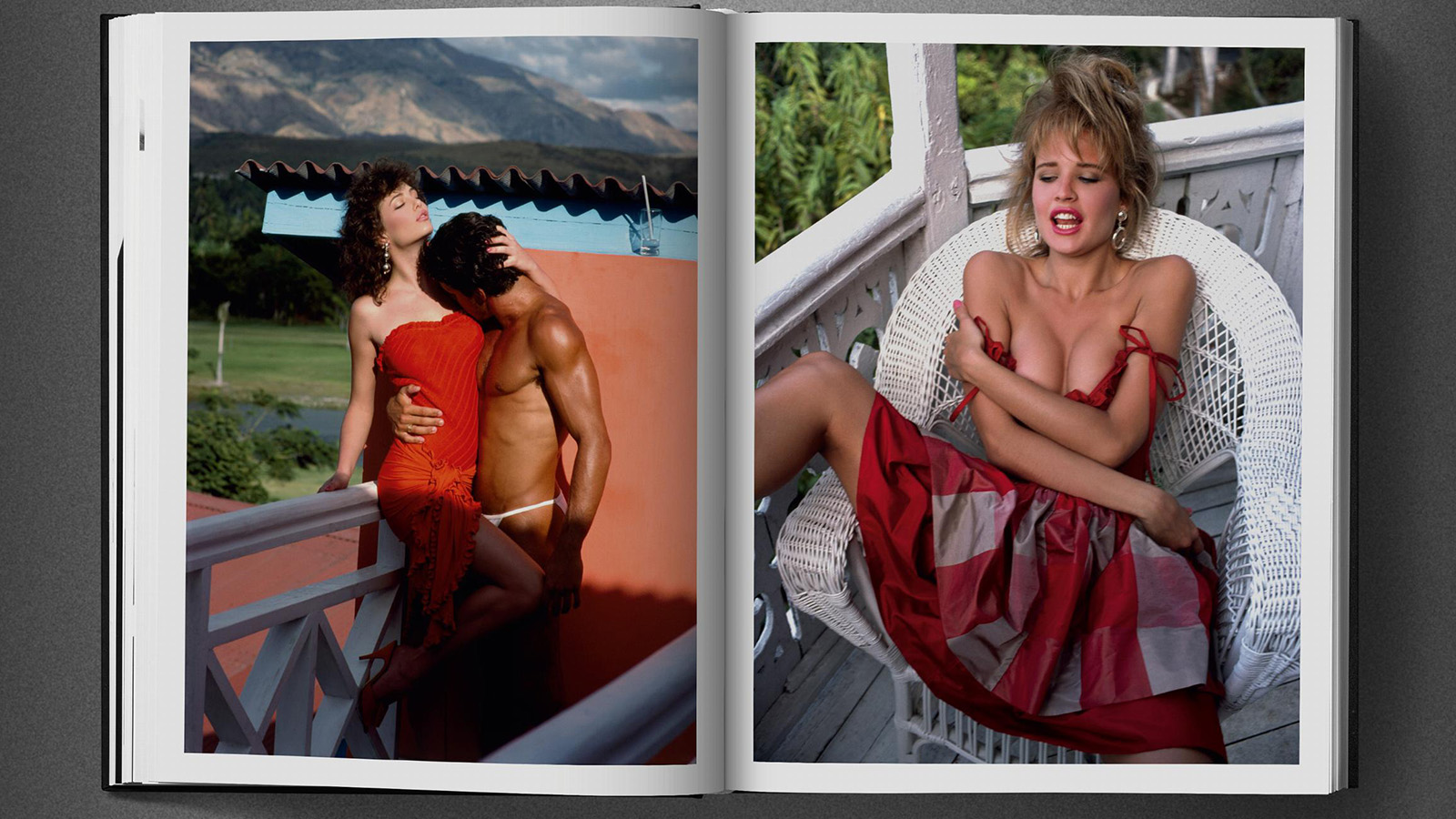 Era-defining photographer David Bailey guides us through the 1980s in a new tome not short of shoulder pads and lycra
Era-defining photographer David Bailey guides us through the 1980s in a new tome not short of shoulder pads and lycraFrom Yves Saint Laurent to Princess Diana, London photographer David Bailey dives into his 1980s archive in a new book by Taschen
By Tianna Williams
-
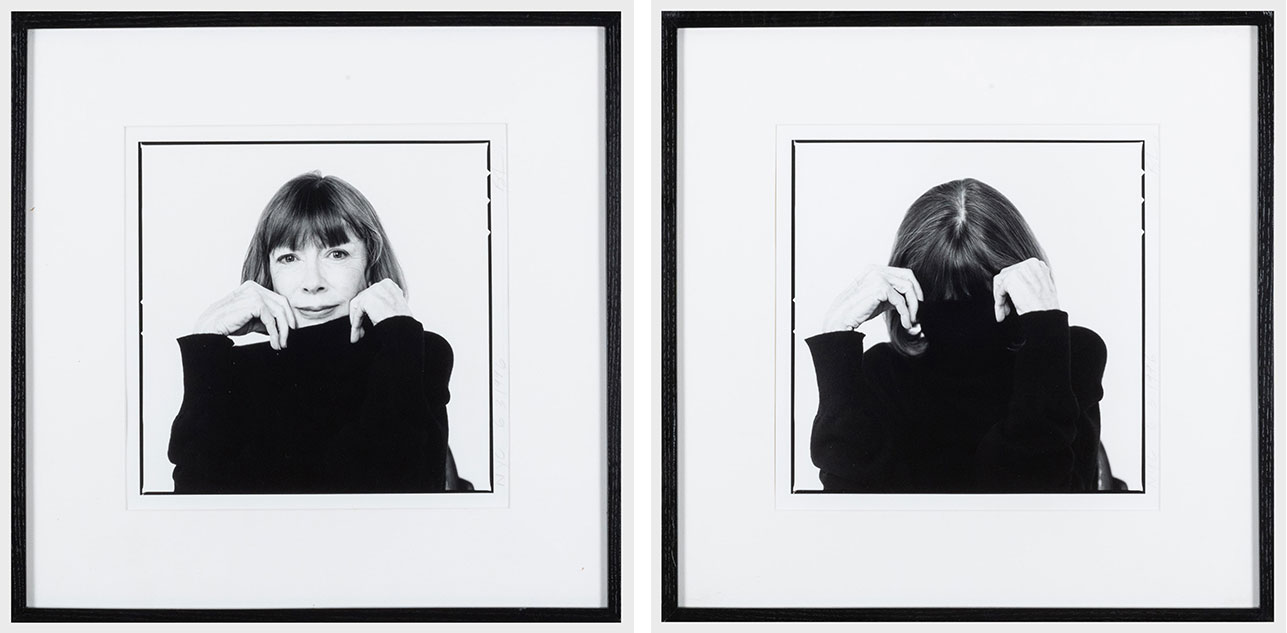 Inside Joan Didion’s unseen diary of personal relationships and post-therapy notes
Inside Joan Didion’s unseen diary of personal relationships and post-therapy notesA newly discovered diary by Joan Didion is soon to be published. Titled 'Notes to John', the journal documents her relationship with her daughter, husband, alcoholism, and depression
By Tianna Williams
-
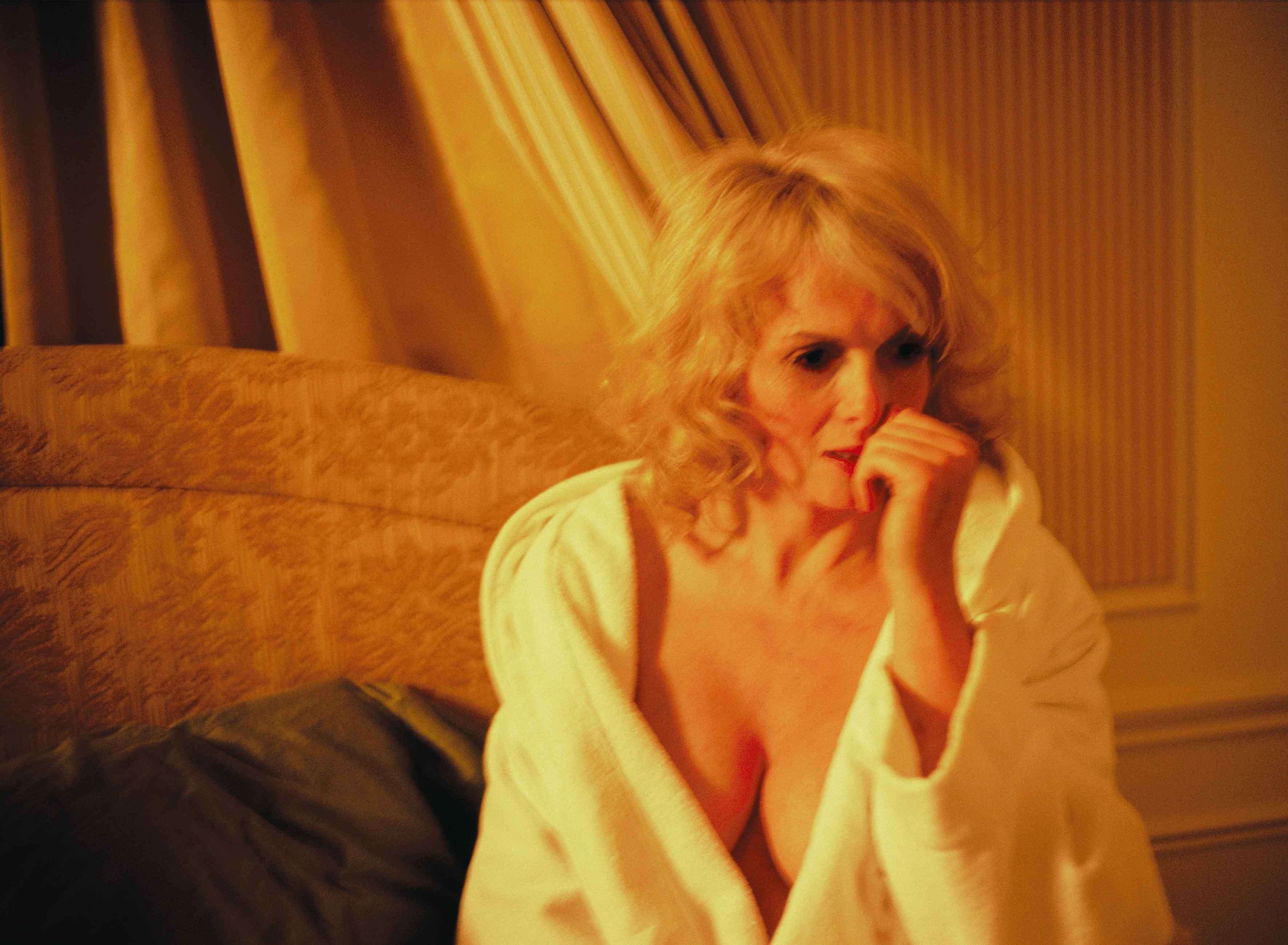 Carsten Höller’s new Book of Games: 336 playful pastimes for the bold and the bored
Carsten Höller’s new Book of Games: 336 playful pastimes for the bold and the boredArtist Carsten Höller invites readers to step out of their comfort zone with a series of subversive games
By Anne Soward
-
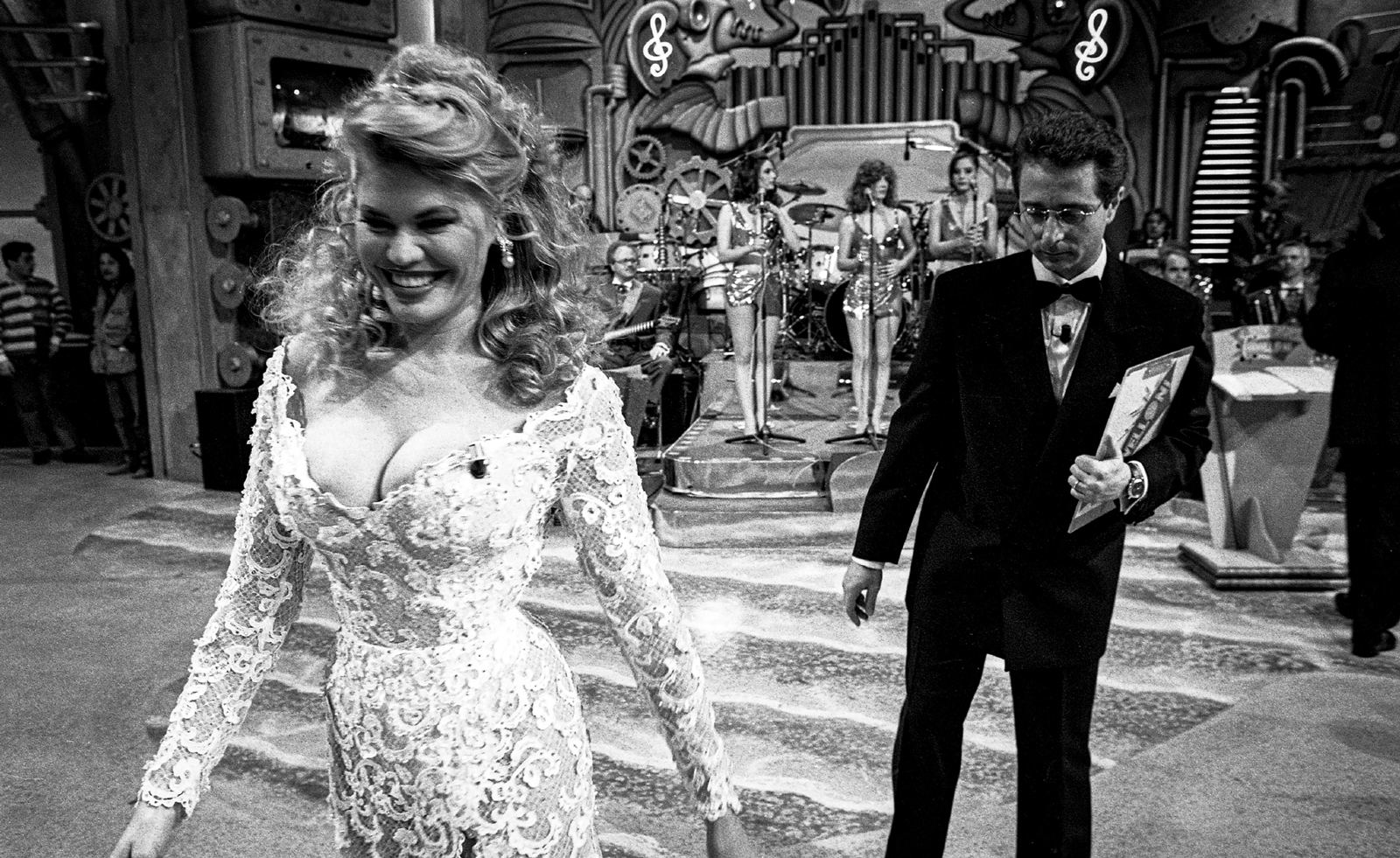 Distracting decadence: how Silvio Berlusconi’s legacy shaped Italian TV
Distracting decadence: how Silvio Berlusconi’s legacy shaped Italian TVStefano De Luigi's monograph Televisiva examines how Berlusconi’s empire reshaped Italian TV, and subsequently infiltrated the premiership
By Zoe Whitfield
-
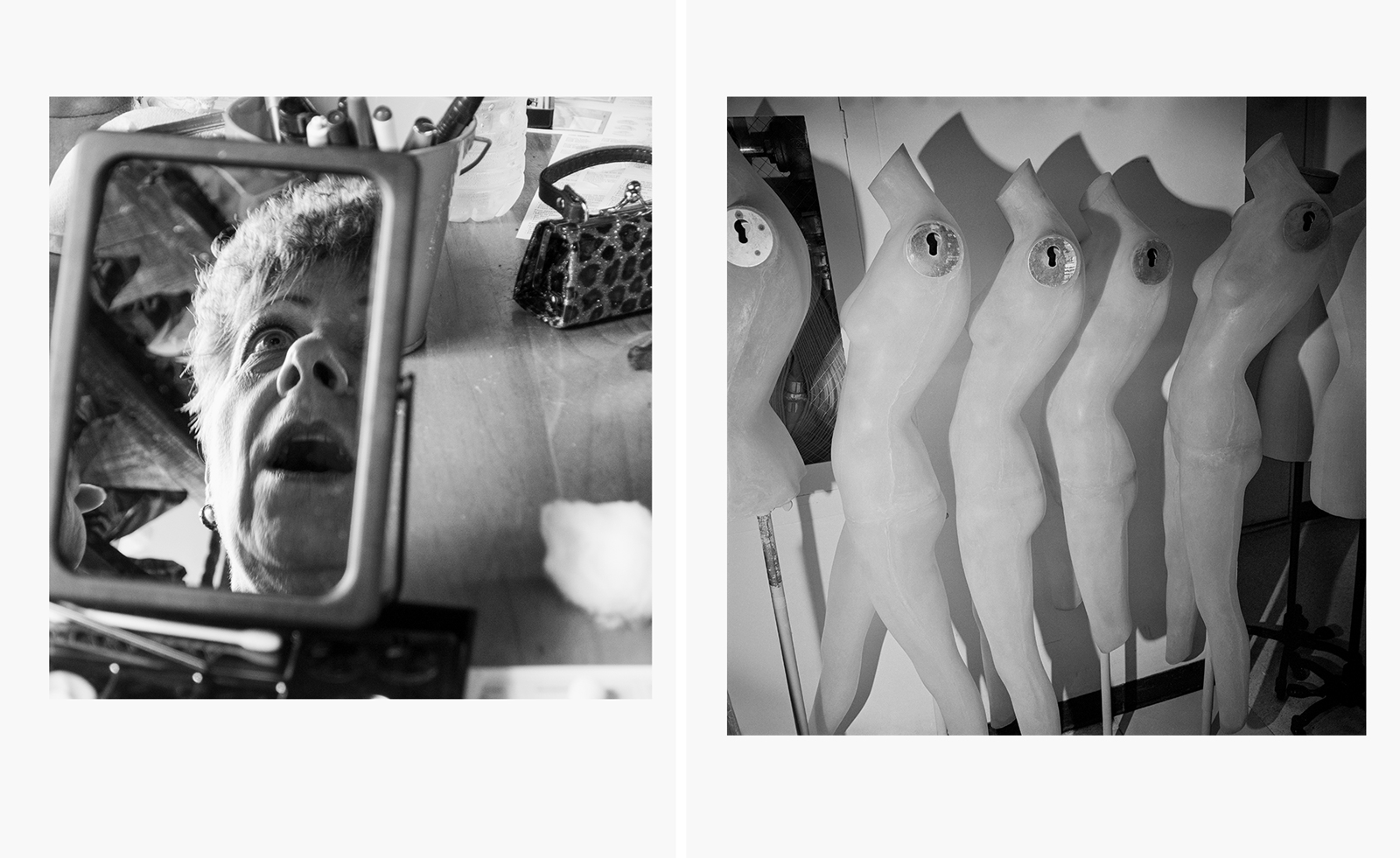 How a sprawling new book honours the legacy of cult photographer Larry Fink
How a sprawling new book honours the legacy of cult photographer Larry Fink‘Larry Fink: Hands On / A Passionate Life of Looking’ pays homage to an American master. ‘He had this ability to connect,’ says publisher Daniel Power
By Jordan Bassett
-
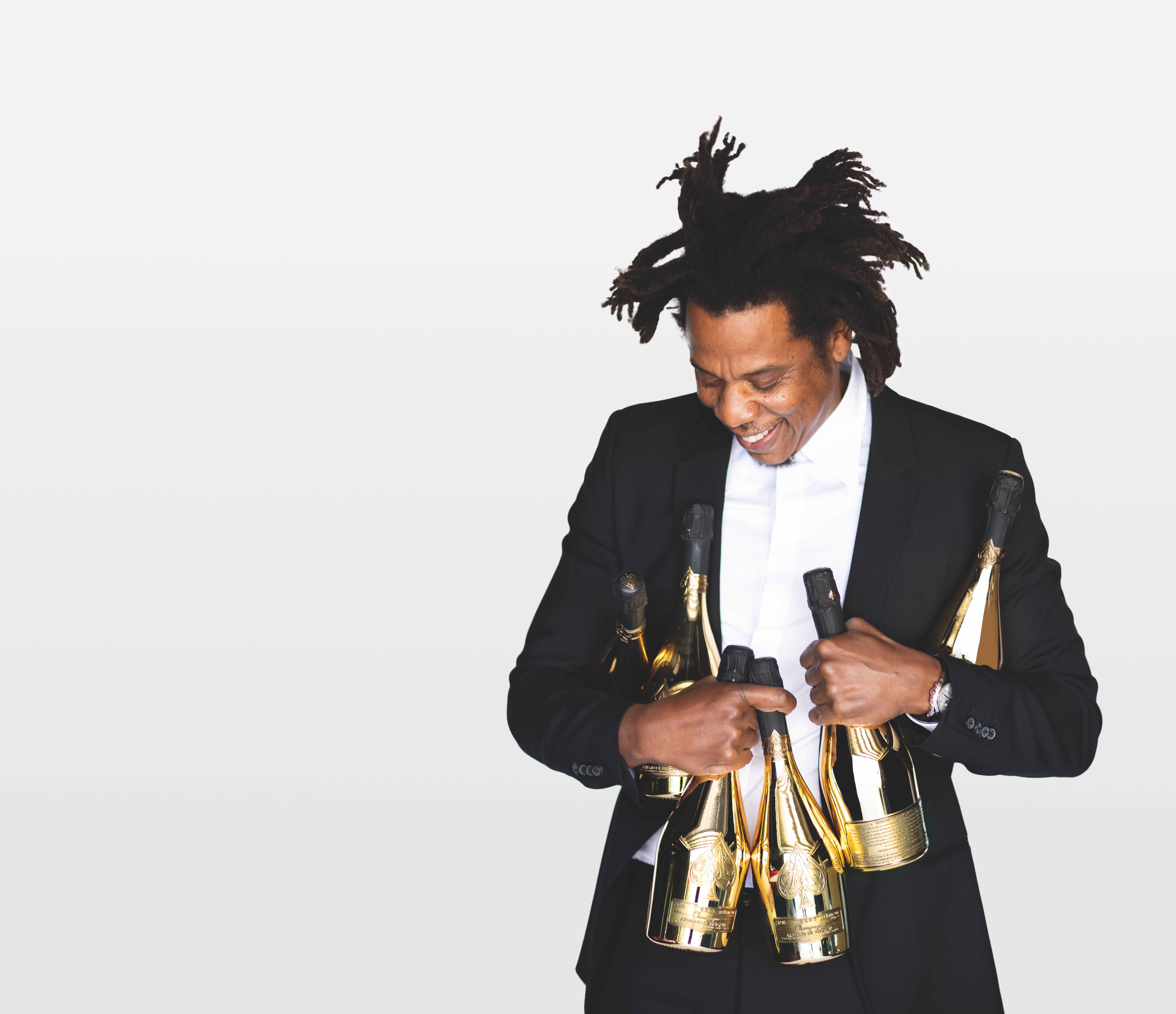 New Jay-Z coffee-table book dives into the Brooklyn rapper's archives
New Jay-Z coffee-table book dives into the Brooklyn rapper's archives'Book of HOV: A Tribute to Jay-Z' is a hefty tome for a hefty talent
By Craig McLean